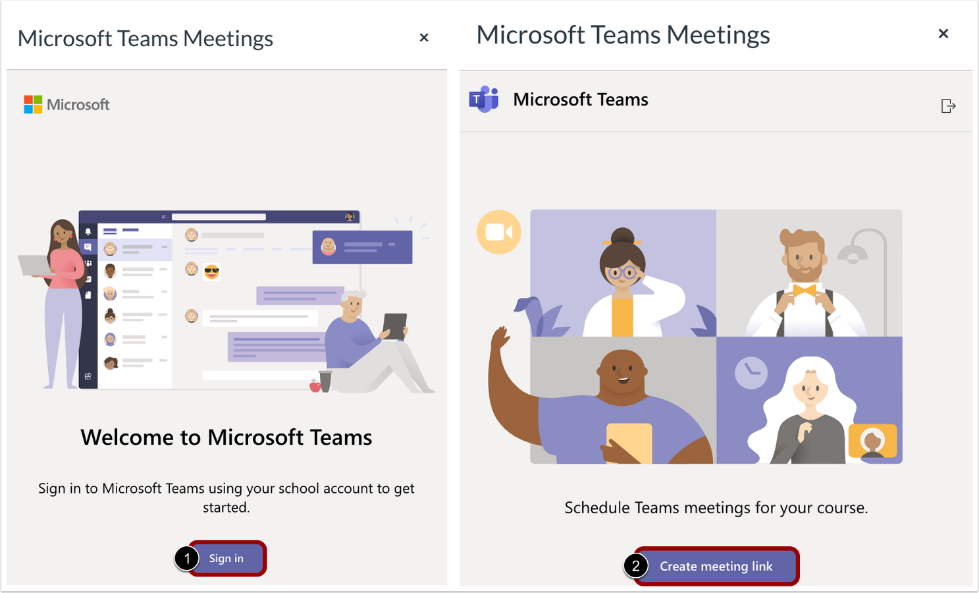

This is useful if you want to save ideas you’ve sketched out during the conference.

Under this Settings menu, you have the option to export an image, set editing rights, toggle through a Help section, and send feedback to the app’s developers.Ĭlicking “Export to PNG” will prompt the download, where you will have the option of saving it under a specific file name. To access Settings, click on the upper right cog icon. You can pan and zoom your whiteboard in, out, to the left, or to the right to maximize your drawing space and draw attention to key ideas. You also have the option to use a text box to type out ideas. To start drawing on your whiteboard, click on any of the writing utensils in the toolbar, press your cursor, and drag and drop anywhere on the screen to draw, sketch, or type out ideas. Once your colleague is sharing content, hover your mouse over the top of your screen and click ‘Request Control’.How Do I Draw On a Microsoft Teams Whiteboard? In this case, our Events Co-ordinator Liane is walking me through a PowerPoint presentation AddIn365 is giving at a London conference next month. When in a Teams meeting, the person’s screen you want to take control of has to be sharing content. Spoiler alert – this one is an easy one to master. Follow my guide below to get up to speed. When in control of a colleague’s screen, you can have full use of your own mouse and keyboard to locate, point, type, drag and drop, move and highlight content, for all meeting attendees to see.

You may not have realised, but you can request and take full control of someone else’s desktop or give a meeting attendee control of your own screen whilst you’re sharing content.

This month however is different… I’m going to shed a well-deserved light on what I believe has been a hidden gem, a not-so-new but completely underutilised tool which happens to be a favourite of mine requesting screen control in Microsoft Teams meetings. Most recently these have included Microsoft Connect (shared channels), Microsoft Loop and LinkedIn pairing. When contemplating which Teams functionalities to write about each month, I like to explore the absolute latest developments and capabilities, or, more often than not, those which have not been rolled out yet.


 0 kommentar(er)
0 kommentar(er)
